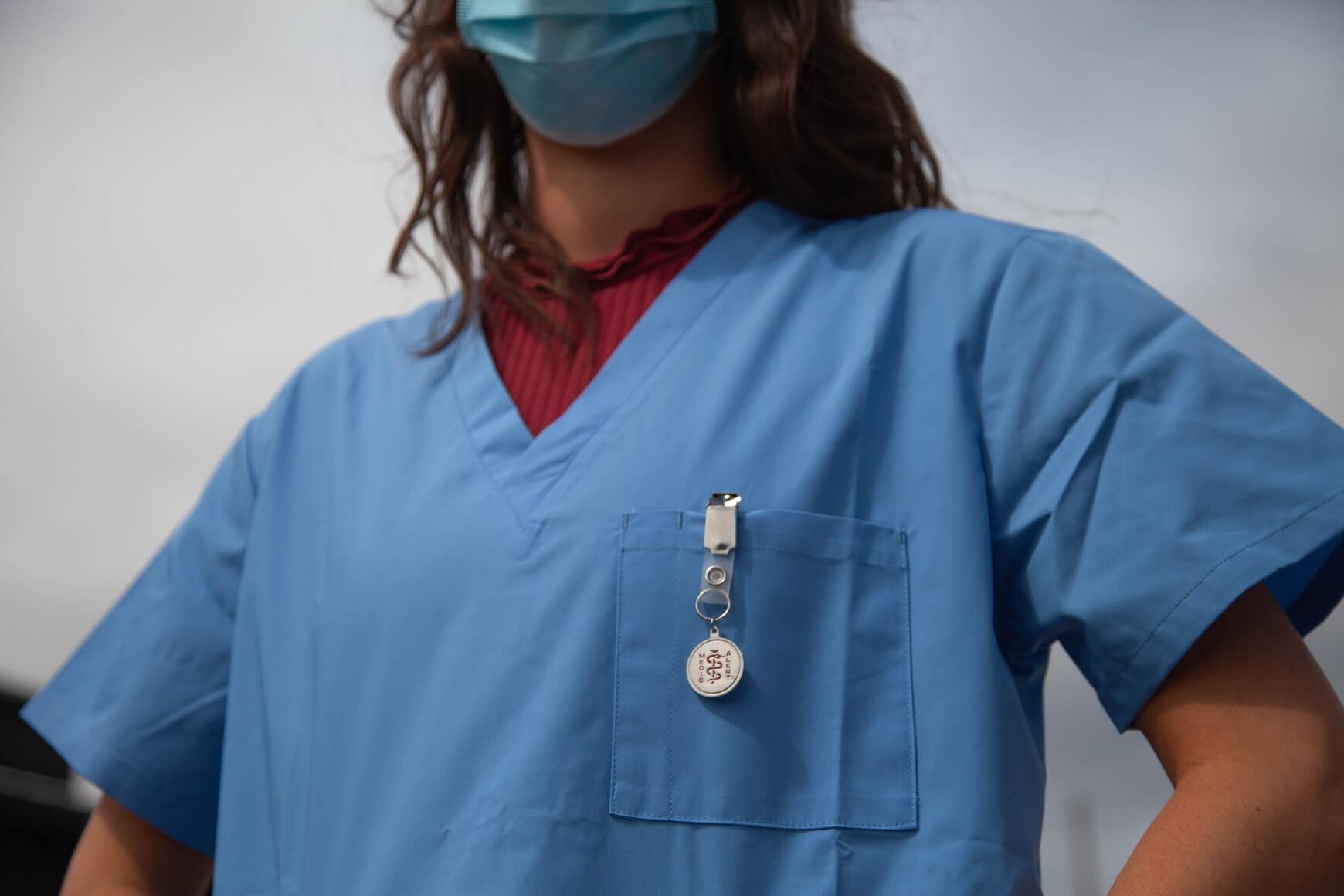The United Nations University International Institute for Global Health (UNU-IIGH) co-produced with partners a report documenting practice-based lessons across five UN agencies working in global health analysing what has worked, where, for whom, why and how, to promote gender equality in health. The research involved in-depth analyses of 14 case studies that were considered examples of successful programmatic and institutional gender mainstreaming across five UN agencies (UNAIDS, UNDP, UNFPA, UNICEF, WHO).
This Case Study Series consists of individual briefs for each of the 14 successful cases analysed as part of the project. Each brief presents further details about the particular case study, including the successful outcomes achieved, the pre-existing contextual factors that enabled success, the factors that triggered positive change, and the mechanisms that sustained these changes over time.
Below are the case studies categorised into three groups based on the types of successful outcomes achieved, reflecting the different levels that UN agencies work on and illustrating the capabilities and strengths of the UN system, namely those that:
- empowered women and girls to resist harmful gender norms and practices and advocate for their own health needs;
- put gender and health issues on the global agenda;
- embedded gender equality issues in institutional processes and structures that supported gender equality in health programming.
Cases that empowered women and girls to resist harmful gender norms and practices and advocate for their own health needs:
- Case study 1: Empowering girls and women to challenge harmful gender norms to improve menstrual health and hygiene, implemented as part of a WASH programme (UNICEF)
- Case study 2: Empowering women and girls to resist gender and social norms that encourage female genital mutilation, promote positive masculinities, and strive for more equal gender power relations (Phase 3 of UNFPA-UNICEF Joint Programme on the Abandonment of FGM)
- Case study 3: Empowering women and marginalised groups living with HIV in MENA (UNAIDS Secretariat, regional team).
Cases that put gender and health issues on the global agenda:
- Case study 4: HIV reduction and the empowerment of adolescent girls and young women in decision-making through the adoption and implementation of comprehensive HIV programmes in South Africa (UNAIDS Secretariat country office)
- Case study 5: Violence against women acknowledged as a global public health priority through sustained strategic leveraging of opportunities by WHO gender experts
- Case study 6: GBV in humanitarian settings prioritised in the global agenda through UNFPA’s leadership and advocacy.
Cases that embedded gender equality issues in institutional processes and structures that supported gender equality in health programming:
- Case study 7: Enabling the rights of women and girls through enhanced legal, policy and regulatory environments in the context of HIV (supported by the UNDP HIV, Health
and Development group) - Case study 8: Institutional integration of gender across all technical programmes, Member State health programmes, and the Pan American Health Organization
- Case study 9: Institutional integration of gender at global, regional and country levels, including in health (UNICEF)
- Case study 10: Member State implementation of gender-responsive programmes, including in the health sector, through the strategic use of Gender Programmatic Reviews Central (UNICEF regional and country offices, Europe and Central Asia)
- Case study 11: Changes in institutional culture within UNAIDS Secretariat to support gender equality brought about by the Independent Expert Panel
- Case study 12: Adequate financial allocations for programmes advancing gender equality and women’s empowerment through effective use of the Gender Equality Marker (UNFPA)
- Case study 13: Integration of gender into the Special Programme for Research and Training in Tropical Diseases (WHO)
- Case study 14: Improved institutional and programmatic gender mainstreaming through increased participation in the Gender Equality Seal (UNDP)





